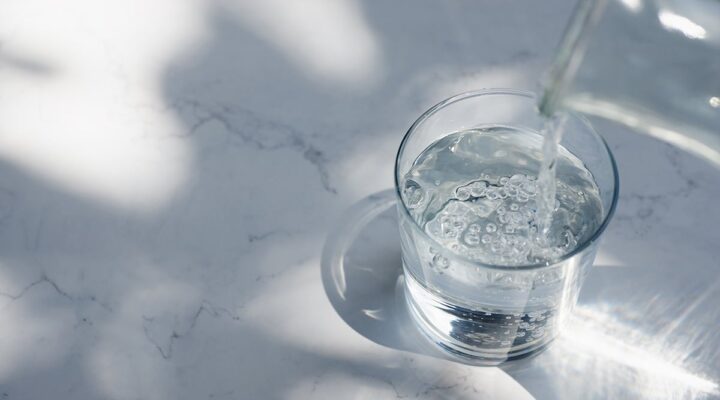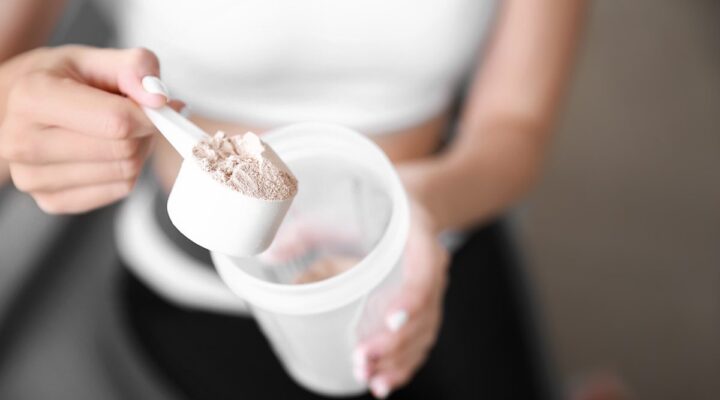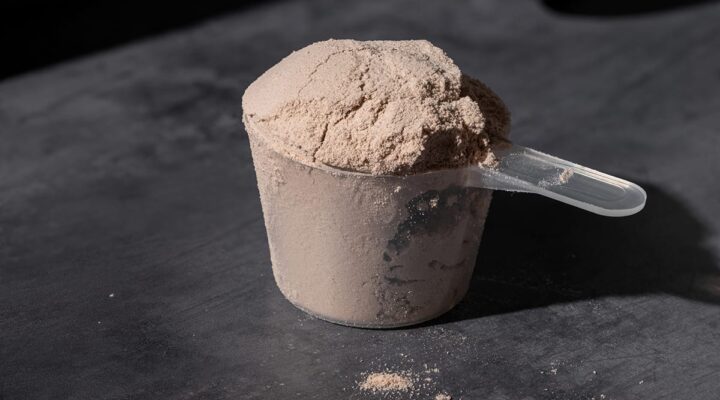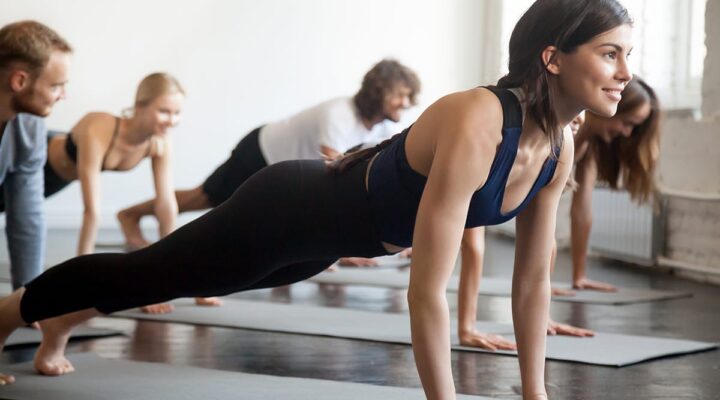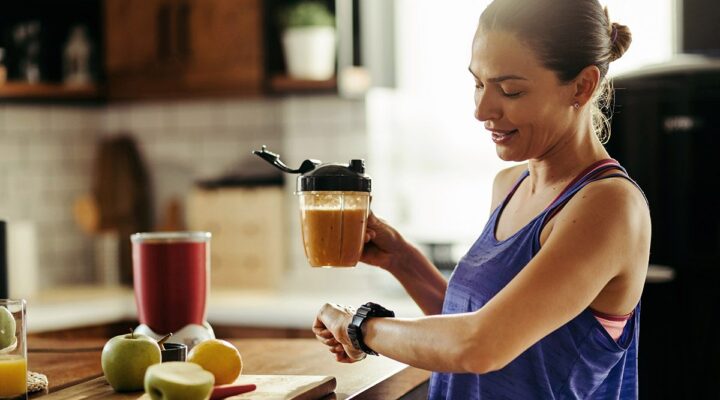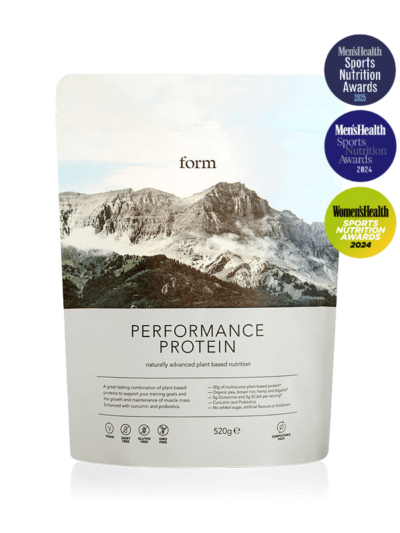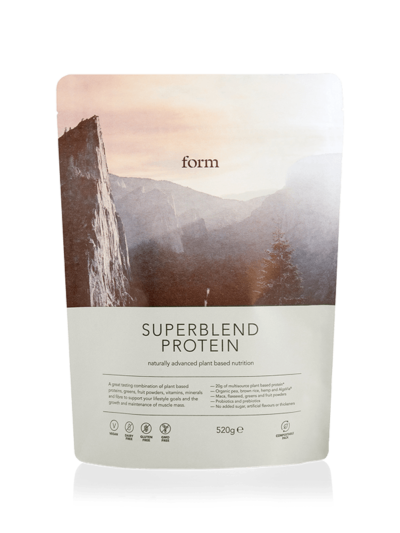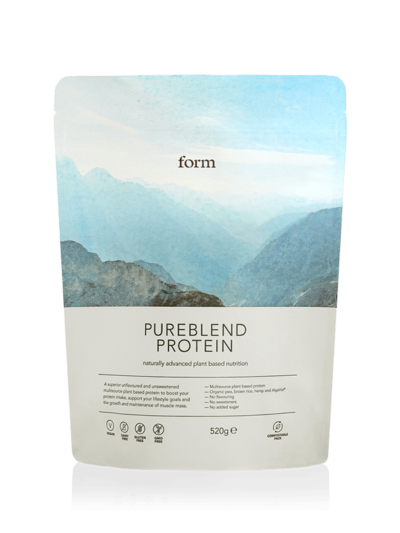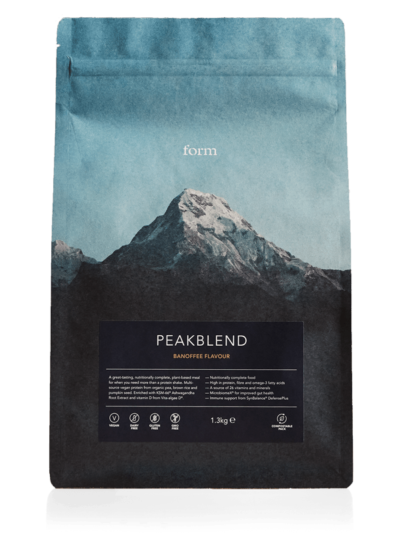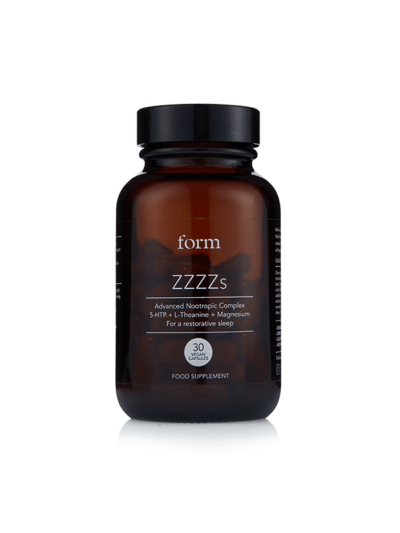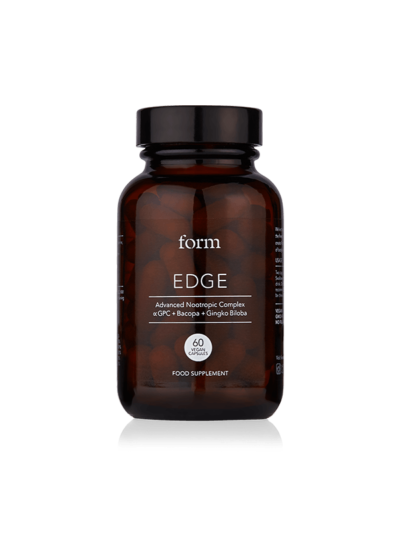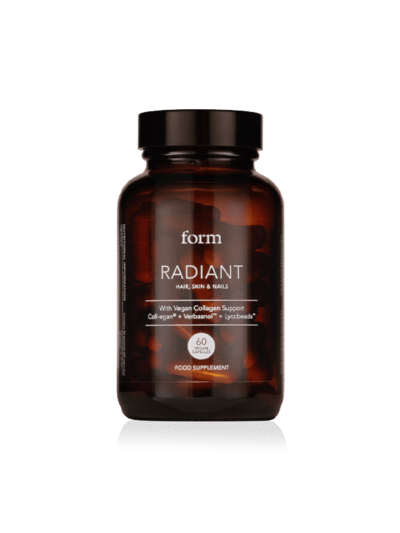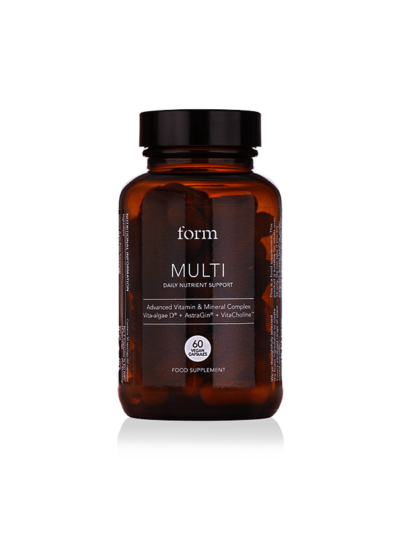10 Sustainable Gardening Tips for a Picture-Perfect Eco-Garden
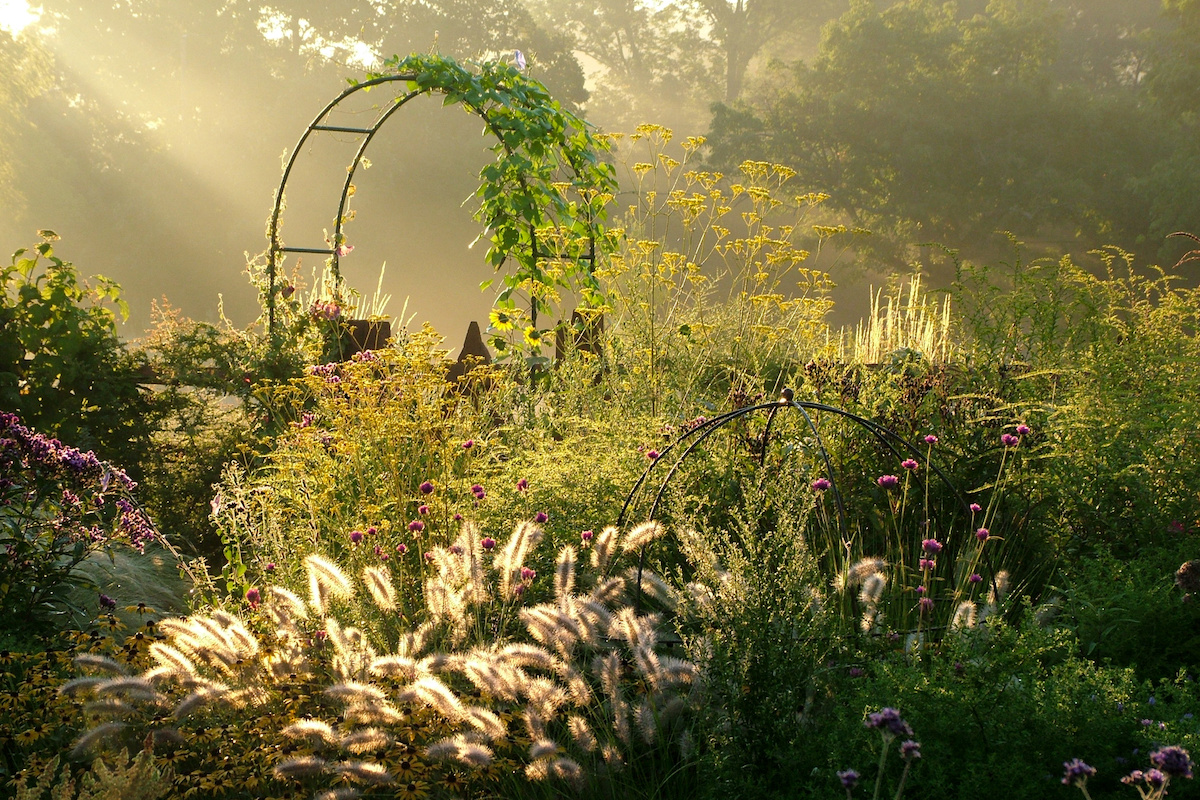
With spring just around the corner, you might be thinking about tackling the back garden. New flowers, freshly bought from the garden centre come in, the hose gets a run out for the first time in months, and new garden furniture might even be bought.
But as with any splurge and upheaval, it pays to think about the wider picture. New flowers are great, but are you just going to have to buy some more before the season is up? Water wastage is bad for the environment and your bank balance, so is there a smarter way of using it? Garden furniture tends not to have a sustainable label like fashion does, so how do you know it’s not been flown halfway across the world?
To help make your new season gardening endeavours as sustainable as possible we asked award-winning gardener Amelia Bouquet for her top tips for building an eco-garden that will last you through the spring and summer (and beyond).
Buy Your Furniture Local
“If you’re looking to be more sustainable with your garden furniture choices, buying second hand from Gumtree or eBay is the obvious route. If you can’t get secondhand, then definitely get something that’s been made local or using more sustainable materials.
“I’ve used Etsy quite a lot because quite often you can find garden furniture makers that are local to you, so they haven’t travelled in an aeroplane to get to wherever you are. And also you can chat to the person actually making it and find out more about the product.”
Organic Paint Is An Easy Way To Sustainable Spruce Up Your Fence
“Rather than replacing a fence, a more eco-friendly way to do it is just to repaint it and give it a new lease of life. There are loads of organic paint companies now [look for non-toxic on the label for starters]. The Organic & Natural Paint Co is a great choice.”
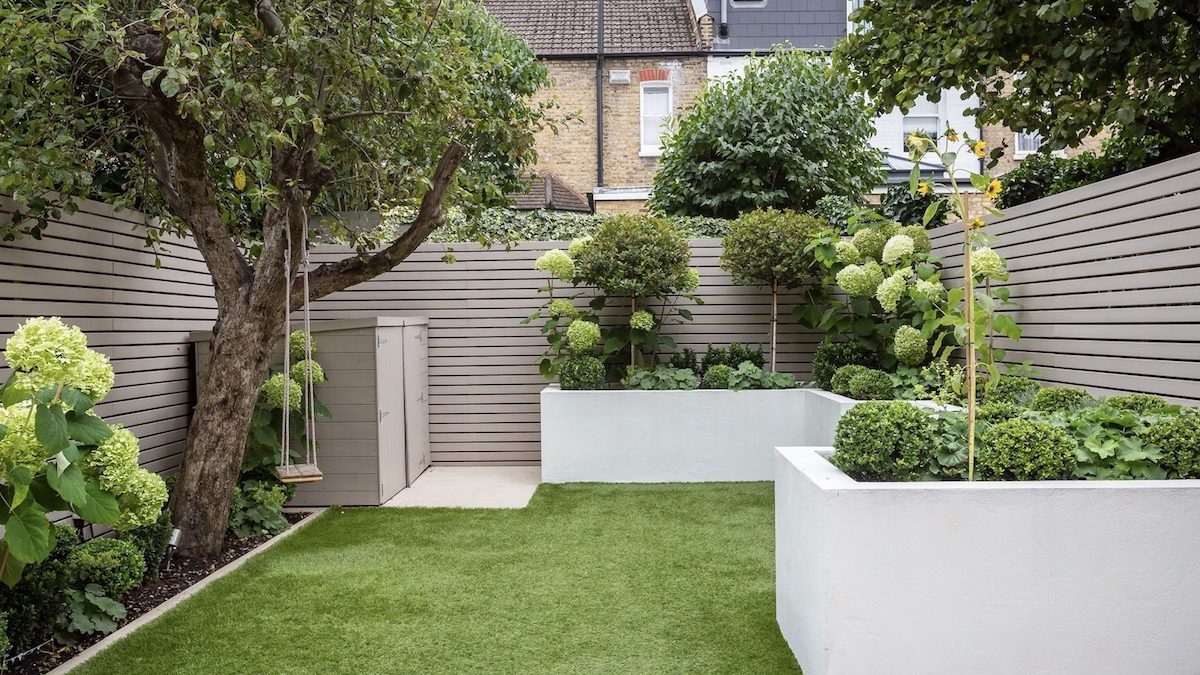
Credit: Amelia Bouquet Designs
Organic Garden Manure > Heavy Chemical Fertilisers
“Quite often clients will say, “Should I use a [peat-free] fertiliser?” and actually better than that is just to use organic garden manure in spring rather than using lots of heavy chemical fertilisers. And the problem with chemical fertilisers is they kind of stress the plant out. So they’ll make them grow really quickly and intensely. And then that weakens the plant over time. A good mushroom mulch or horse manure is much better.”
If You Have Room Look To Have A Compost Heap
“The main rule when building a compost heap is to always avoid using meat or bones because that attracts unwanted pests. Basically, use any kind of vegetable or fruit peelings. Anything biodegradable. If you put paper in, just make sure it’s ripped up properly so they’ll decompose quicker. Not everyone has the space for a heap, but you can now get these mini compost makers, so if you’ve got a slightly smaller London garden then that’s a good possibility as well.”
Help The Wildlife Help You
“Often people think that if you’ve got a vegetable garden or an allotment, you can only plant vegetables or fruit-bearing trees or plants. But interspersing these with pollinator-friendly planting that doesn’t serve a purpose for you to eat necessarily, but is good for butterflies and bees and moths can work wonders. Flowering plants are a really good way to do that.
“Planting hedgerow is also good because it encourages small animals, insects, birds. It gives them a good food source. Try and pick trees that give winter fruit. Amelanchier are really good for birds for example. It means that you’re introducing a nice bio-diverse element and getting the best of both worlds.”
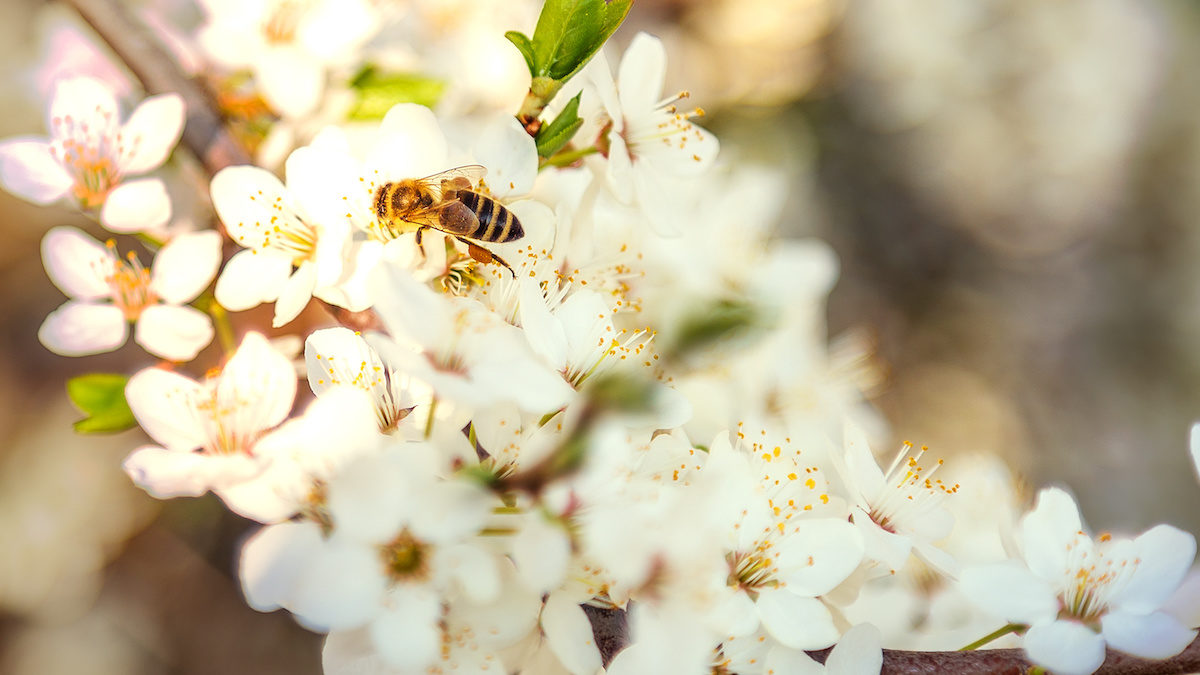
Focus On Native Plants And Tress
“There are certain plants now that are actually banned from being imported. Things like lavender and olive trees are soon going to have to be grown in the UK because of certain diseases that come over from Europe. So where possible try and buy from a nursery that grows their own plants, because a lot of garden centres will just import plants from Europe.
“Even if they’re not necessarily original native British species of plants, try and find something that’s been grown in the UK. There are lots of plants that weren’t necessarily here 400 years ago but that have been gradually brought over that do really well.”
Always Think About What Is Suitable For The Space
“If you’ve got a shady garden, don’t plant things that enjoy the sun. It sounds really obvious, but quite often people try and cram plants into their garden that just aren’t meant to be there. So before you do anything check which direction your garden faces, see what kind of soil you have and then pick plants that are appropriate to the site rather than doing it back to front.
“If you’ve got a shady garden, then ferns and hostas will suit. If you have a south facing garden you might be able to plant stuff that’s a bit more European or Mediterranean. Don’t just pick the plants you like and then try to make them work for your garden. You’ve got to see what you’re working with first.”
Jazz Up Your Lawn With Some Wildflower
“There are lots of native wildflowers, like cornflower, that are beautiful. So if you’ve got a big lawn or you want to jazz up a bit of a boring section of grass then putting down some wildflower seed is great. Buttercups, cornflowers, anemones. They’ll generally tend to self seed, so what you would do is you’d put down a seed and then the plants would grow from that.
“They’ll die obviously in winter, but then by the next spring they’ll have self seeded so those plants will then come up the following year, depending on if the soil is right and the situation’s right, they should keep coming back.”
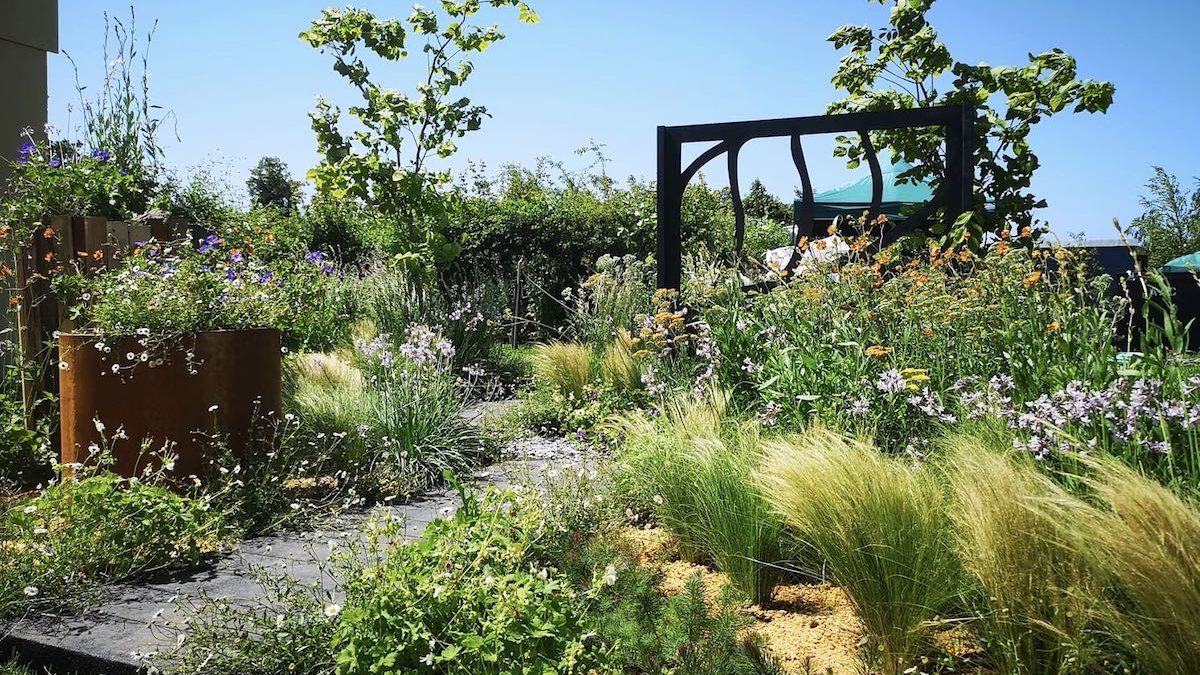
Credit: Amelia Bouquet Designs
Semi-permeable Draining Is The Way To Go
“Because we are seeing a lot more flooding, sustainable urban drainage is a really big and important thing. If you’ve got a blank canvas, always think about if I do want to pave it, or I do want to put down some landscaping, try and use a semi-permeable option. By that, I mean basically a surface that allows water to permeate through rather than just rolling across into a drain. It’s much better to have semi-permeable materials like clay pavers or gravel, or something that drains well.”
Make The Rain Work For You
“And where possible if you have a slight incline or an area where water tends to fall down it, try and put a flower bed at the bottom. It’s just the most natural, sustainable way of managing water flow. If you do have really soggy soil, put in plants that enjoy that.
“So hydrangeas, clue’s in the name, really like waterlogged soil. Water butts are a good way of preserving rain water if you’ve got the room for one. They’re super sustainable, and better for the plants because it hasn’t been out the tap, and has been naturally filtered.”



